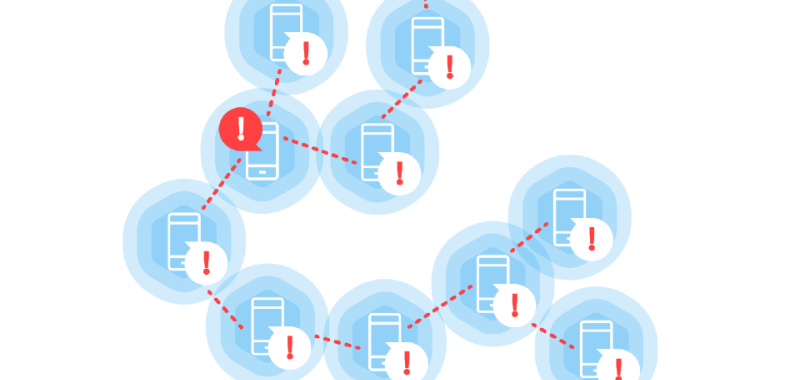In critical situations like natural disasters, remote operations, or conflict zones, traditional communication methods can fail.
Project overview
WFP and Bridgefy are collaborating to build and test a communication platform prototype for self-reporting and coordination that can be used to locate staff and organize safe relocation and evacuation at times of crises. The solution will be piloted in Afghanistan, Senegal, Honduras and Chad.
WFP and Bridgefy are developing a communication platform prototype that allows users to securely and efficiently exchange information via Bluetooth, without relying on cellular networks or internet access. This ensures continuous communication in critical situations. The platform enables users to share messages, voice notes, images and location data directly between devices, even in areas without network coverage. It offers a cost-effective and reliable alternative to traditional methods like radios or satellite connections, without the need for expensive infrastructure. This makes it well-suited for challenging environments where staying connected is essential for safety and coordination. Working with WFP’s Security Division and WFP Afghanistan, the team is exploring its potential to enhance safety, coordination and emergency response in challenging environments.
Bridgefy will be implemented in 2025. The solution aims to reduce delays and interruption, allowing consistent communication flow between WFP personnel at times of crisis in low connectivity environments.



